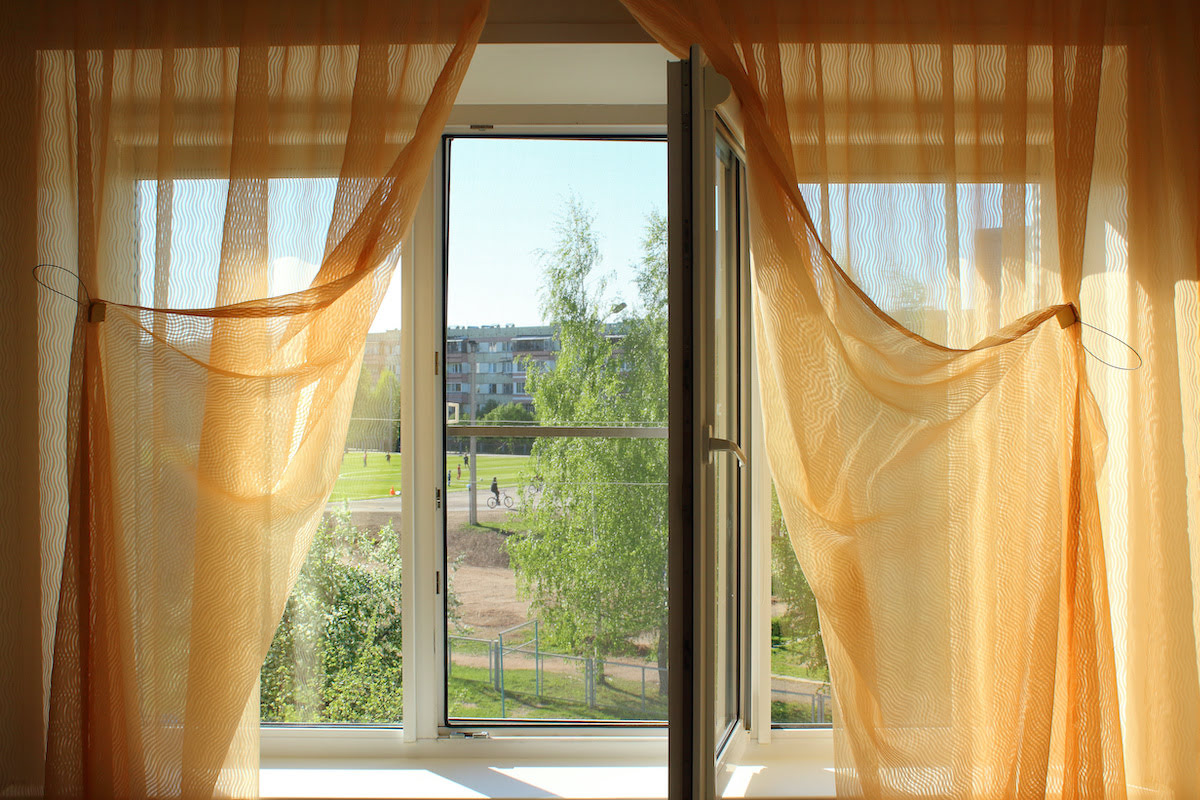

Articles
How To Hang Up Curtains Without A Rod
Modified: October 20, 2024
Looking for creative ways to hang up curtains without a rod? Check out these informative articles for tips and ideas to transform your windows.
(Many of the links in this article redirect to a specific reviewed product. Your purchase of these products through affiliate links helps to generate commission for Storables.com, at no extra cost. Learn more)
Introduction
When it comes to decorating our homes, curtains play a vital role. They add warmth, privacy, and style to any room. However, not everyone has a curtain rod or wants to drill holes in their walls or windows frames to hang curtains. The good news is that there are several alternative methods to hang up curtains without a rod. In this article, we will explore six creative options that can help you achieve the desired look without the hassle of traditional curtain rods.
Whether you’re a renter, looking for a temporary solution, or simply prefer a more unconventional approach, these alternatives can be a game-changer. Let’s dive into the world of curtain hanging creativity!
Key Takeaways:
- Command hooks, tension rods, curtain clips, rope, Velcro strips, and unconventional alternatives offer creative and versatile ways to hang curtains without traditional rods. Each method provides unique advantages for DIY decorators and renters.
- Embrace unconventional curtain hanging methods to personalize your space and showcase your creativity. From rustic rope to industrial copper pipes, explore unique alternatives to traditional curtain rods for a stylish and functional home decor solution.
Read more: How To Hang Curtains On Traverse Rod
Option 1: Command Hooks
Command hooks are a versatile and convenient solution for hanging curtains without a rod. These adhesive hooks can be easily attached to the wall or window frame, providing a sturdy support for your curtains. Here’s how to hang curtains using command hooks:
- Start by cleaning the surface where you plan to attach the command hooks. Make sure it’s dry and free from any dust or debris.
- Choose the appropriate size and weight capacity of the command hooks based on the type of curtains you have.
- Remove the backing from the sticky strip on the command hook and press it firmly onto the wall or window frame where you want to hang the curtains.
- Allow the adhesive to set according to the instructions provided by the manufacturer. This usually takes a few minutes.
- Once the command hooks are securely attached, you can hang your curtains by threading the curtain rod through the hooks or by using curtain clips.
Command hooks offer the advantage of being easily removable without damaging the surface. This makes them an ideal solution for rental homes or if you frequently change your curtains. Just make sure to follow the removal instructions and be cautious not to pull too hard, especially if the hooks have been attached for a long time.
With command hooks, you have the freedom to adjust the height and width of your curtains to suit your preferences. You can also experiment with different hook placements to create unique curtain configurations, such as swags or draped designs.
While command hooks are generally reliable, keep in mind that their weight capacity may vary depending on the type and size of the hooks. It’s important to check the manufacturer’s weight guidelines and make sure they can hold the weight of your curtains securely.
Overall, command hooks provide a simple and convenient solution for hanging curtains without a rod. They offer flexibility, versatility, and ease of use, making them a popular choice among DIY decorators.
Option 2: Tension Rod
If you’re looking for a temporary and easy-to-install solution for hanging curtains without drilling holes, a tension rod is a perfect choice. These adjustable rods use pressure to stay in place, eliminating the need for screws or brackets. Follow these steps to hang curtains using a tension rod:
- Measure the width of your window or the area where you want to hang the curtains.
- Select a tension rod that extends to the desired width. Make sure it’s sturdy enough to support the weight of your curtains.
- Twist the rod to adjust its length, ensuring it fits snugly within the window frame or wall recess.
- Once the tension rod is properly adjusted, insert it into the desired position. Apply gentle pressure until it’s securely in place.
- Hang your curtains by threading the curtain rod through the rod pocket or using curtain clips.
Tension rods come in various sizes and designs to accommodate different window widths and curtain styles. They are typically made of metal or sturdy plastic and offer sufficient support for lightweight to medium-weight curtains. However, be cautious not to overload the rod with heavy curtains or excessive fabric, as it may cause the rod to slip or fall.
Aside from their easy installation, tension rods offer the advantage of being adjustable and removable without leaving any marks or damage on the walls or window frames. This makes them an excellent choice for renters or those who frequently change their curtain arrangements.
Moreover, tension rods can be used not only for hanging curtains but also for other purposes such as creating room dividers, hanging shower curtains, or organizing closet spaces with curtain panels. Their versatility and affordability make them a practical solution for various home improvement projects.
Keep in mind that tension rods rely on the tension created between the rod and the walls or window frame to stay in place. Therefore, it’s important to ensure that the surface is clean, dry, and free from any grease or dust that could affect the rod’s grip.
Overall, tension rods offer a convenient and flexible option for hanging curtains without the need for rods or hardware. They are easy to install, adjustable, and removable, making them a popular choice among DIY enthusiasts and those seeking temporary curtain solutions.
Option 3: Curtain Clips
If you have lightweight curtains or fabric panels and want a quick and straightforward method to hang them without a rod, curtain clips can be a great solution. These small clips with attached rings or hooks allow you to attach the curtains directly to a variety of surfaces. Here’s how you can use curtain clips to hang curtains:
- Start by determining the appropriate placement for the curtain clips. You can evenly distribute them along the top edge of the curtains or space them according to your desired curtain arrangement.
- Attach the curtain clips to the top edge of the curtains by opening the clip and inserting the fabric. Make sure the clip securely holds the fabric without causing any damage.
- Once the curtain clips are attached to the curtains, you can easily hang them on a variety of surfaces. For example, you can attach the clips to a tension rod, a wire, a command hook, or even a sturdy clothesline.
- Adjust the positioning of the curtain clips as needed to achieve the desired length and arrangement of the curtains.
Curtain clips offer a convenient and versatile option for hanging curtains since they can be easily attached and detached without any additional hardware or tools. They are particularly useful if you want to showcase the decorative fabric or if the curtains have a unique pattern or design that you want to emphasize.
In addition to their functionality, curtain clips also add a touch of style to your curtains. They are available in various materials, such as metal, plastic, or decorative designs, allowing you to personalize your curtain presentation to match your decor. Furthermore, curtain clips can be used with or without a rod, offering flexibility and creativity in hanging curtains.
It’s important to note that curtain clips work best with lightweight fabrics. If you have heavy or thick curtains, the weight may cause the clips to slip or strain the fabric. In such cases, consider using a different hanging method that provides more stability and support.
Overall, curtain clips are a practical and versatile solution when it comes to hanging lightweight curtains without a rod. They offer ease of use, customization options, and flexibility in choosing the hanging surface, making them a popular choice for DIY decorators who want a quick and stylish curtain hanging solution.
You can use adhesive hooks or clips to hang curtains without a rod. Simply attach the hooks or clips to the wall or ceiling, and then hang the curtains from them.
Option 4: Rope or Twine
If you’re feeling adventurous and want to add a rustic or bohemian touch to your curtains, using rope or twine as a hanging mechanism can be a creative and cost-effective solution. Here’s how you can hang curtains with rope or twine:
- Measure the desired length of rope or twine for each curtain panel, ensuring it’s long enough to provide the desired hanging height.
- Attach the rope or twine to the top edge of the curtains using knots. You can create loops or tie the rope directly onto the fabric, depending on the style you prefer.
- Once the rope or twine is securely attached, you can hang the curtains by attaching the ends of the rope or twine to hooks, nails, or any other suitable surface.
- Adjust the length and positioning of the rope or twine as needed to achieve the desired curtain arrangement.
Using rope or twine to hang curtains offers a unique and natural look that can complement a variety of home decor styles. It’s particularly suitable for rooms with a rustic, coastal, or bohemian aesthetic. This method allows you to showcase the texture and patterns of the rope or twine while adding a touch of character to your curtains.
Moreover, rope and twine are readily available and affordable materials that you can find at your local hardware store or craft supply shop. They come in various thicknesses and colors, allowing you to choose the one that best matches your curtains and overall design scheme.
When using rope or twine to hang curtains, it’s important to ensure that the chosen material is strong enough to support the weight of your curtains. Additionally, consider the stability of the supporting hooks or nails to prevent any accidents or damage to your curtains or walls.
Depending on your preference, you can also enhance the look of your rope or twine curtains by incorporating decorative elements such as beads, feathers, or tassels. These embellishments can further elevate the visual appeal and create a unique focal point in your space.
Overall, using rope or twine to hang curtains offers a creative and unconventional approach that can add charm and personality to your home decor. It allows you to embrace a natural and rustic aesthetic while showcasing your DIY skills and artistic flair.
Read more: How High To Hang A Shower Curtain Rod
Option 5: Velcro Strips
Velcro strips provide a quick and easy solution for hanging curtains without a rod. The hook and loop fastening system of Velcro allows for secure attachment and easy removal when necessary. Here’s how you can use Velcro strips to hang curtains:
- Measure the width of your curtains and cut Velcro strips accordingly. You will need two strips for each curtain panel.
- Stick one side of the Velcro strip to the top edge of the curtains, ensuring it is evenly spaced and securely attached along the entire width.
- Attach the corresponding Velcro strip to the desired hanging surface, such as the wall or window frame. Make sure the surface is clean and dry before sticking the Velcro strip.
- Press the Velcro strips firmly together to create a secure bond. Adjust the positioning as needed to achieve the desired curtain arrangement.
Using Velcro strips offers the advantage of easy installation and removal, making it a suitable option for rental homes or temporary curtain solutions. It eliminates the need for drilling holes or using traditional curtain rods while providing a secure and stable hanging method.
Velcro strips are available in various sizes and strengths, allowing you to choose the appropriate ones based on the weight and size of your curtains. Make sure to select heavy-duty Velcro if you have thicker or heavier curtains to ensure a strong and reliable connection.
If you want to enhance the aesthetic appeal, you can also find Velcro strips in different colors or patterns to match your curtains or blend seamlessly with your decor. This can help create a cohesive and polished look in your space.
Although Velcro strips are generally reliable, keep in mind that their adhesive properties may diminish over time, especially in humid environments. If you notice any signs of the Velcro strips losing grip, you can replace them with new ones to ensure the curtains remain securely attached.
Overall, Velcro strips offer a practical and versatile solution for hanging curtains without a rod. They provide a strong and adjustable connection, allowing you to easily customize the height and arrangement of your curtains while maintaining a neat and streamlined look.
Option 6: Curtain Rod Alternatives
If you’re looking for unconventional and creative ways to hang curtains without using a traditional curtain rod, there are several unique alternatives that can add a stylish and functional touch to your space. Let’s explore some curtain rod alternatives:
- Tree Branch: For a rustic and nature-inspired look, consider using a sturdy tree branch as a curtain rod. Choose a branch that fits the width of your curtains and hang it using hooks or rope from the ceiling or wall brackets.
- Copper Pipes: Copper pipes can add an industrial and modern element to your curtains. Cut the pipes to the desired length and attach them to the wall using pipe brackets. This option works well for both lightweight and heavyweight curtains.
- PVC Pipe: If you’re on a budget, PVC pipes are an affordable and versatile alternative. Cut the pipe to the desired length, attach the end caps, and mount it on brackets or hooks.
- Decorative Ladders: Repurpose a decorative ladder as a unique curtain rod alternative. Lean the ladder against the wall and drape the curtains over the ladder rungs. This option adds visual interest and can be easily adjusted to create different curtain arrangements.
- Wire or Cable: Install wire or cable across the desired width of the window or wall and use curtain clips or rings to hang your curtains. Adjust the tension of the wire or cable to achieve the desired curtain height.
- Kitchen Utensils: Get creative and repurpose kitchen utensils like ladles or large spoons as curtain hangers. Attach them to the wall horizontally and hang the curtains from the handle or hook.
These alternatives offer endless possibilities for personalization and can become unique design elements in your space. Experiment with different materials, finishes, and hanging methods to create a look that suits your style and preferences.
Remember to ensure that the chosen alternative is strong enough to support the weight of your curtains. Test its stability and make any necessary adjustments to guarantee a secure and safe installation.
When opting for these curtain rod alternatives, keep in mind that the installation process may vary depending on the specific method. Ensure that you follow the manufacturer’s instructions, use proper hardware, and take necessary precautions to prevent damage to your walls or other surfaces.
By exploring these curtain rod alternatives, you can unleash your creativity and transform your curtains into eye-catching focal points while adding a unique touch to your home decor.
Conclusion
When it comes to hanging curtains without a rod, there is no shortage of creative and innovative options to choose from. Whether you’re a renter, looking for a temporary solution, or simply prefer a more unconventional approach, these alternatives provide a range of possibilities to suit your needs and style.
From command hooks and tension rods to curtain clips, rope or twine, Velcro strips, and curtain rod alternatives, each method offers its own set of advantages and considerations. Command hooks are versatile and easily removable, tension rods are adjustable and temporary, curtain clips provide a stylish touch, rope or twine add a rustic flair, Velcro strips offer convenience and flexibility, and curtain rod alternatives present endless possibilities for customization.
When selecting the best option for your curtains, consider factors such as the weight and type of curtains, desired curtain arrangement, and the stability of the hanging surface. Additionally, ensure that the chosen method aligns with the overall aesthetic and design of your space.
Remember, regardless of the alternative you choose, double-check the installation instructions, test for stability, and take precautions to avoid any damage to your walls or surfaces.
By thinking outside of the box and embracing these unconventional curtain hanging methods, you can create a unique and personalized look in your home while showcasing your creativity and DIY skills.
So, don’t let the absence of a traditional curtain rod limit your interior design options. Explore these alternatives and discover the perfect solution to hang your curtains with style and flair!
Frequently Asked Questions about How To Hang Up Curtains Without A Rod
Was this page helpful?
At Storables.com, we guarantee accurate and reliable information. Our content, validated by Expert Board Contributors, is crafted following stringent Editorial Policies. We're committed to providing you with well-researched, expert-backed insights for all your informational needs.


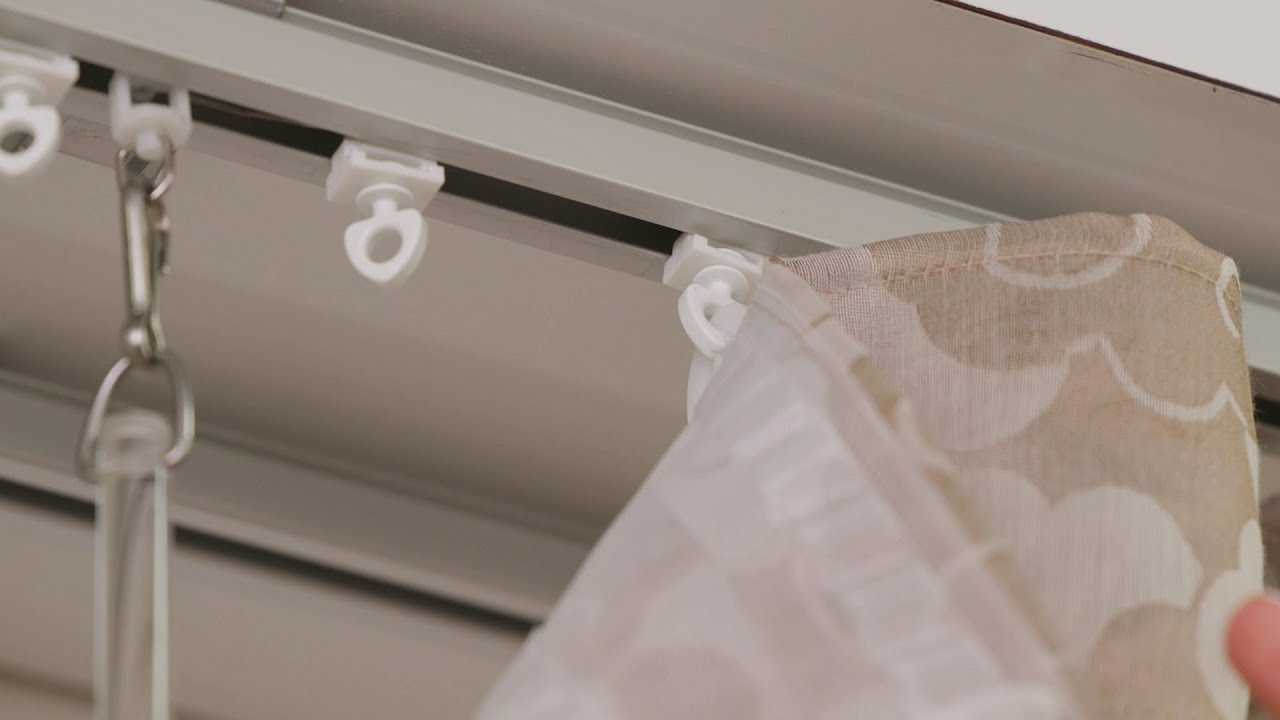

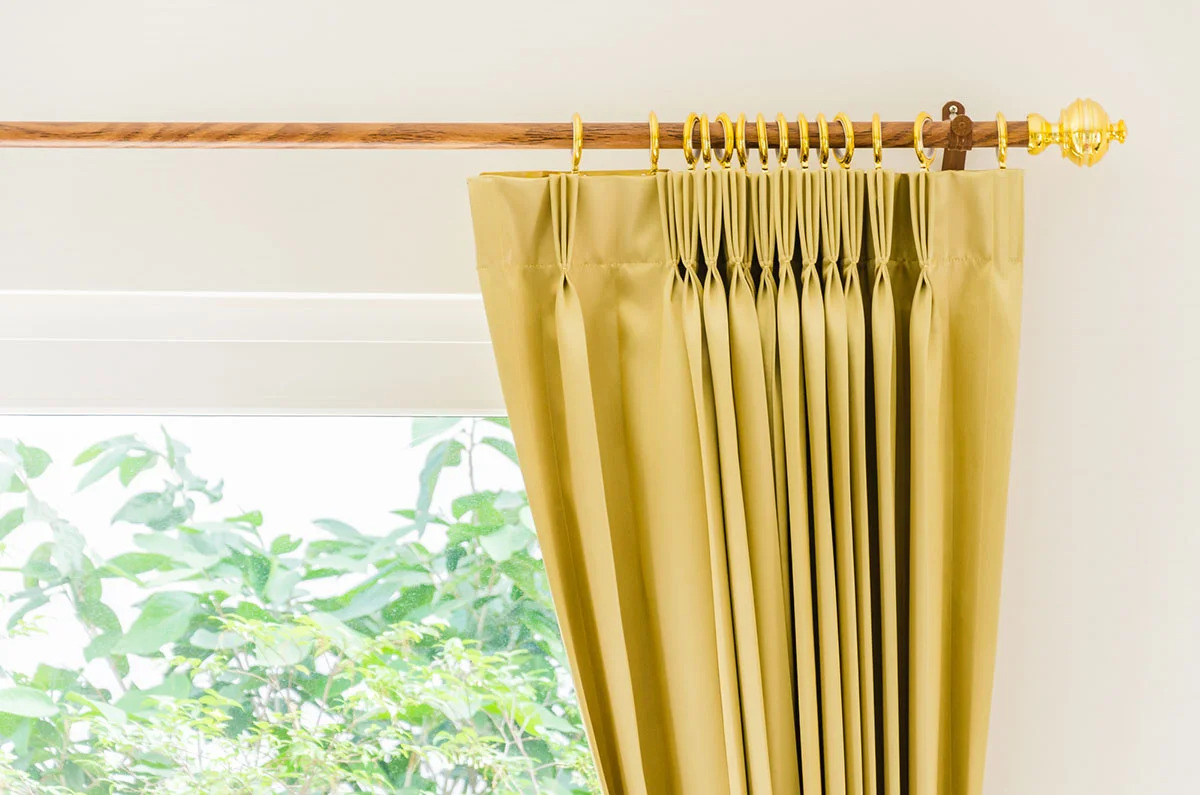
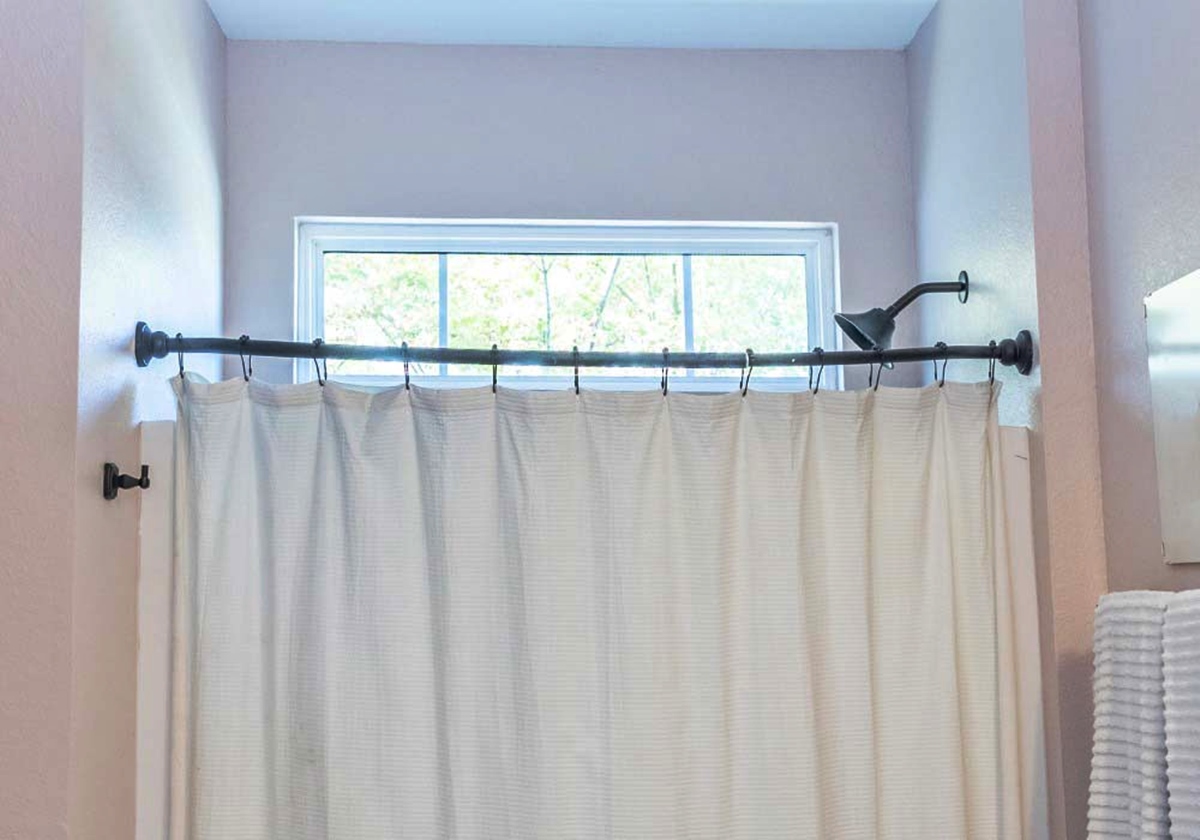

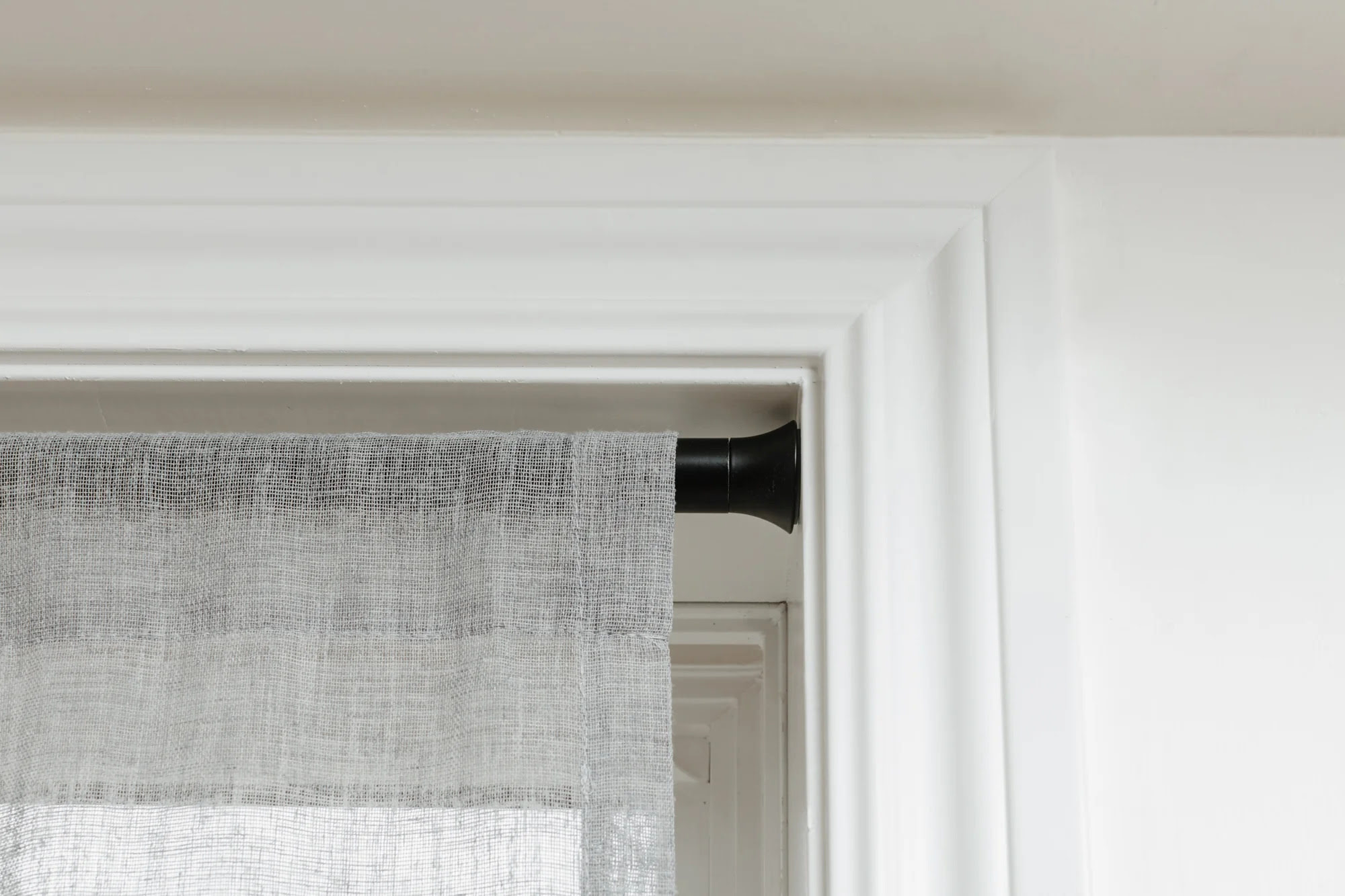
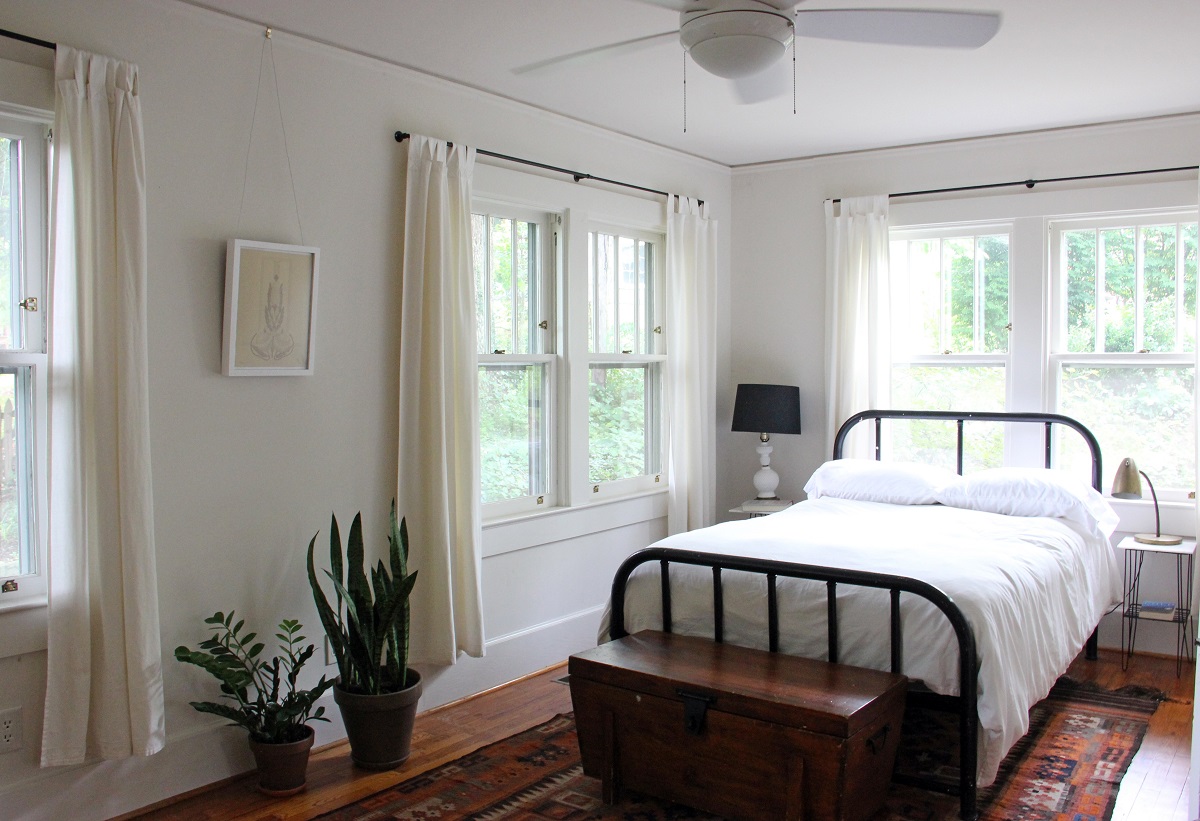
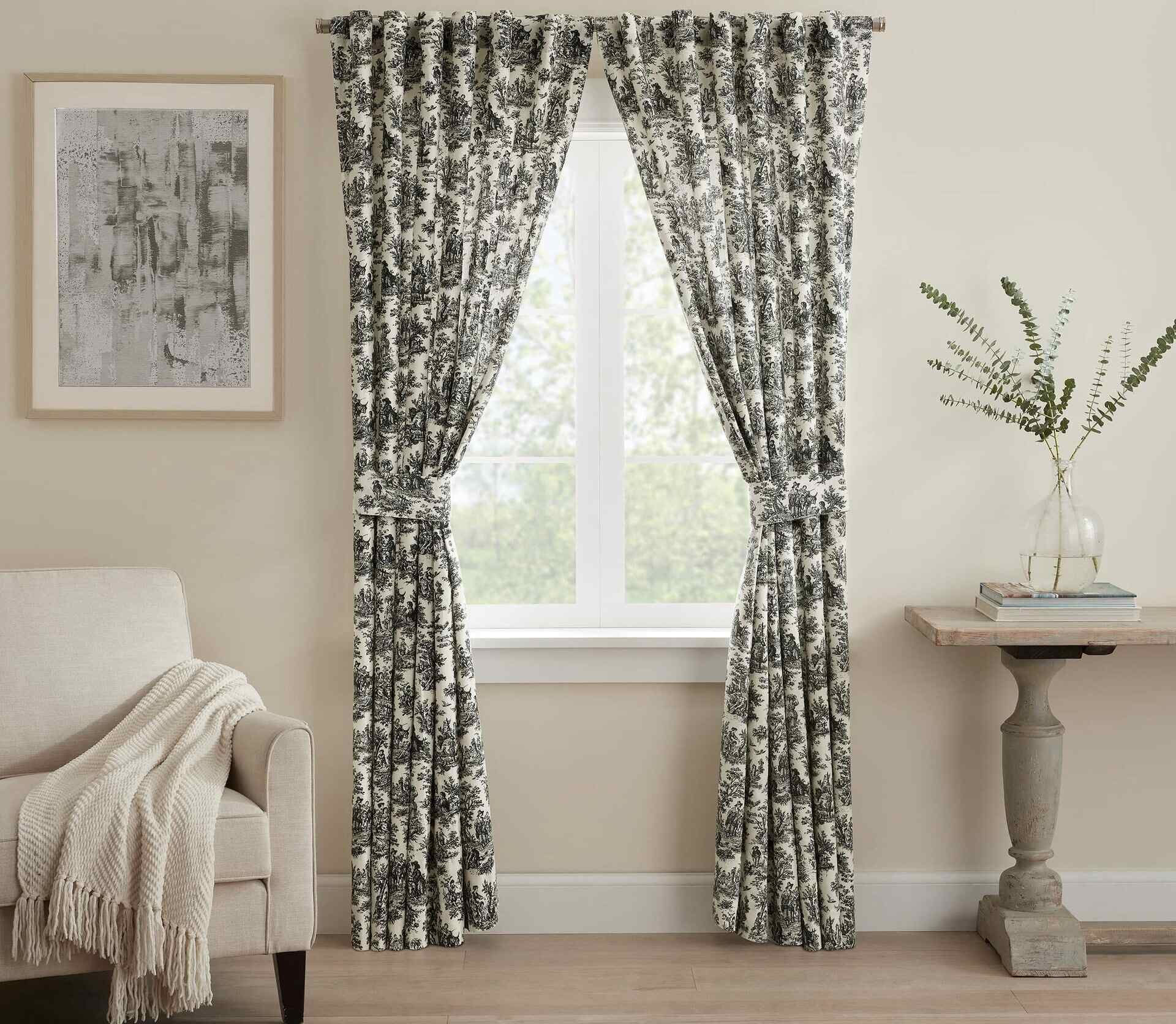
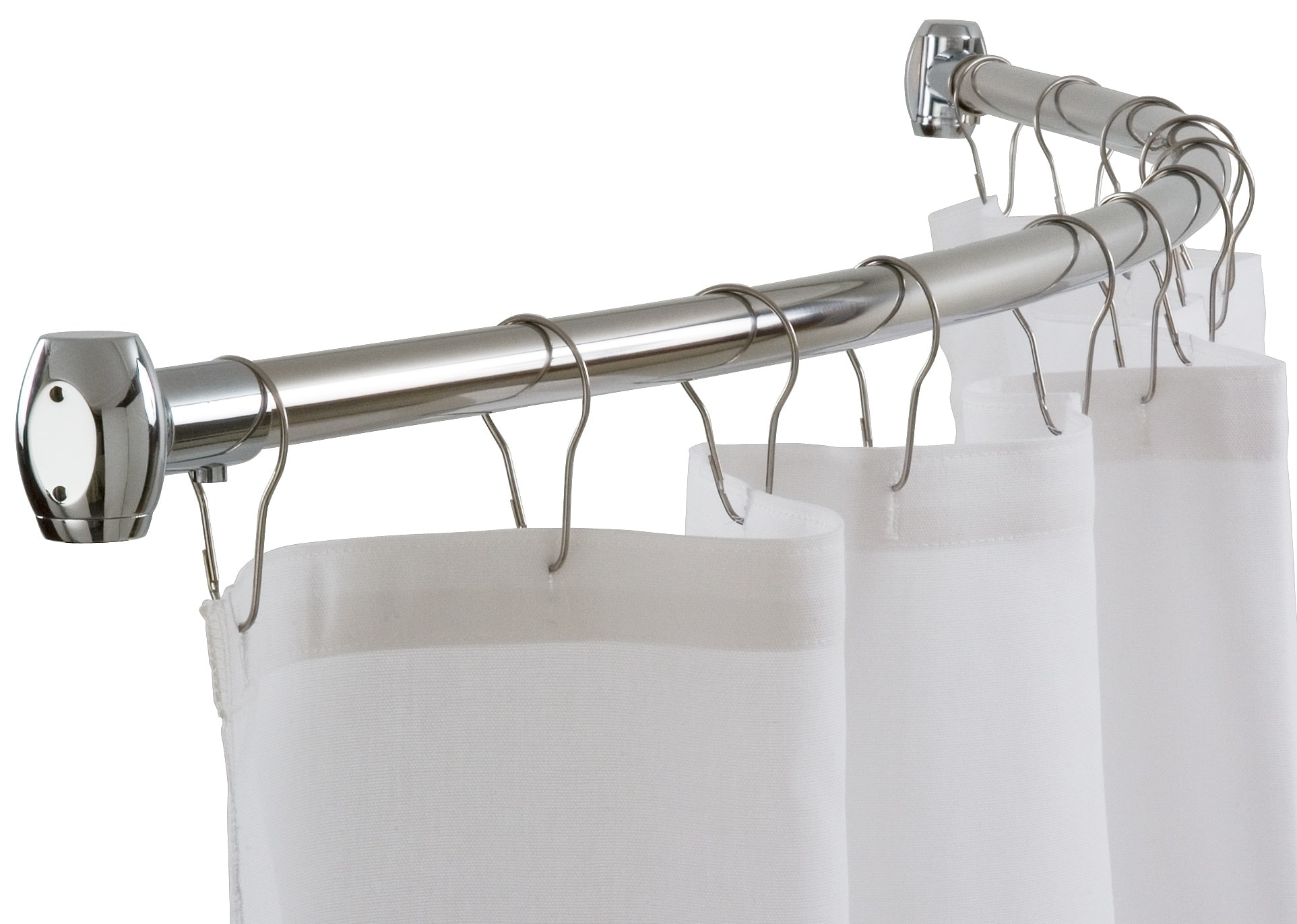
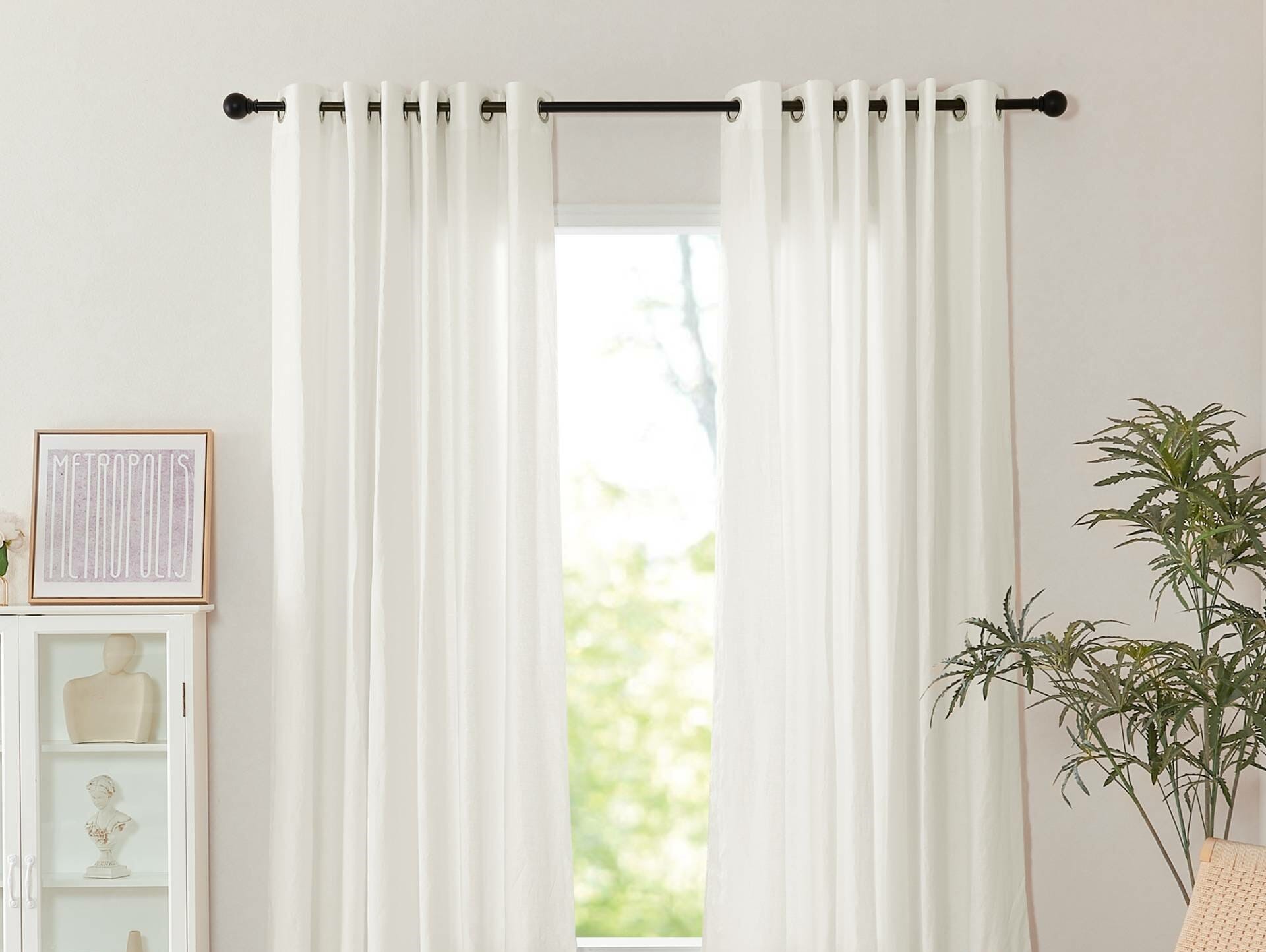
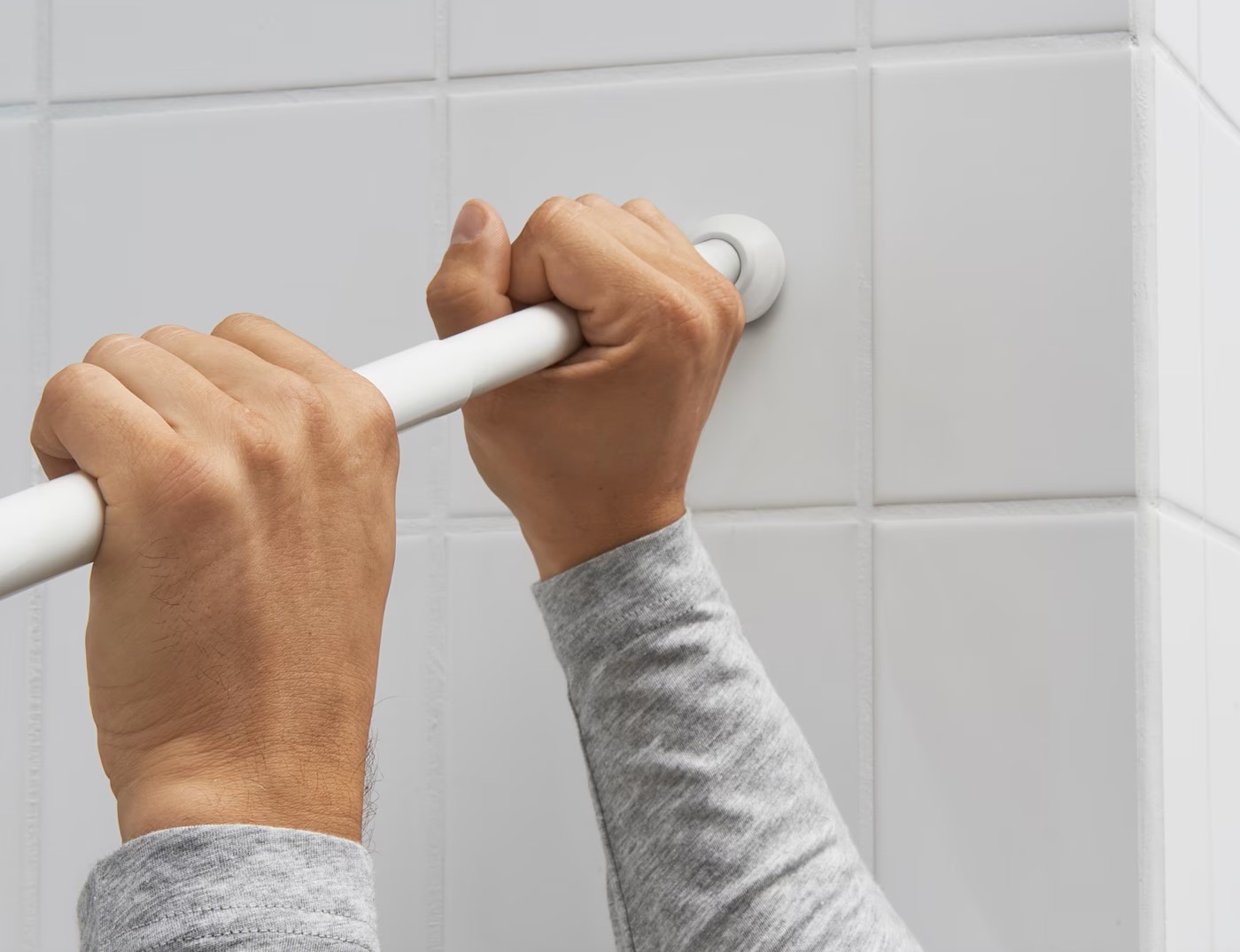
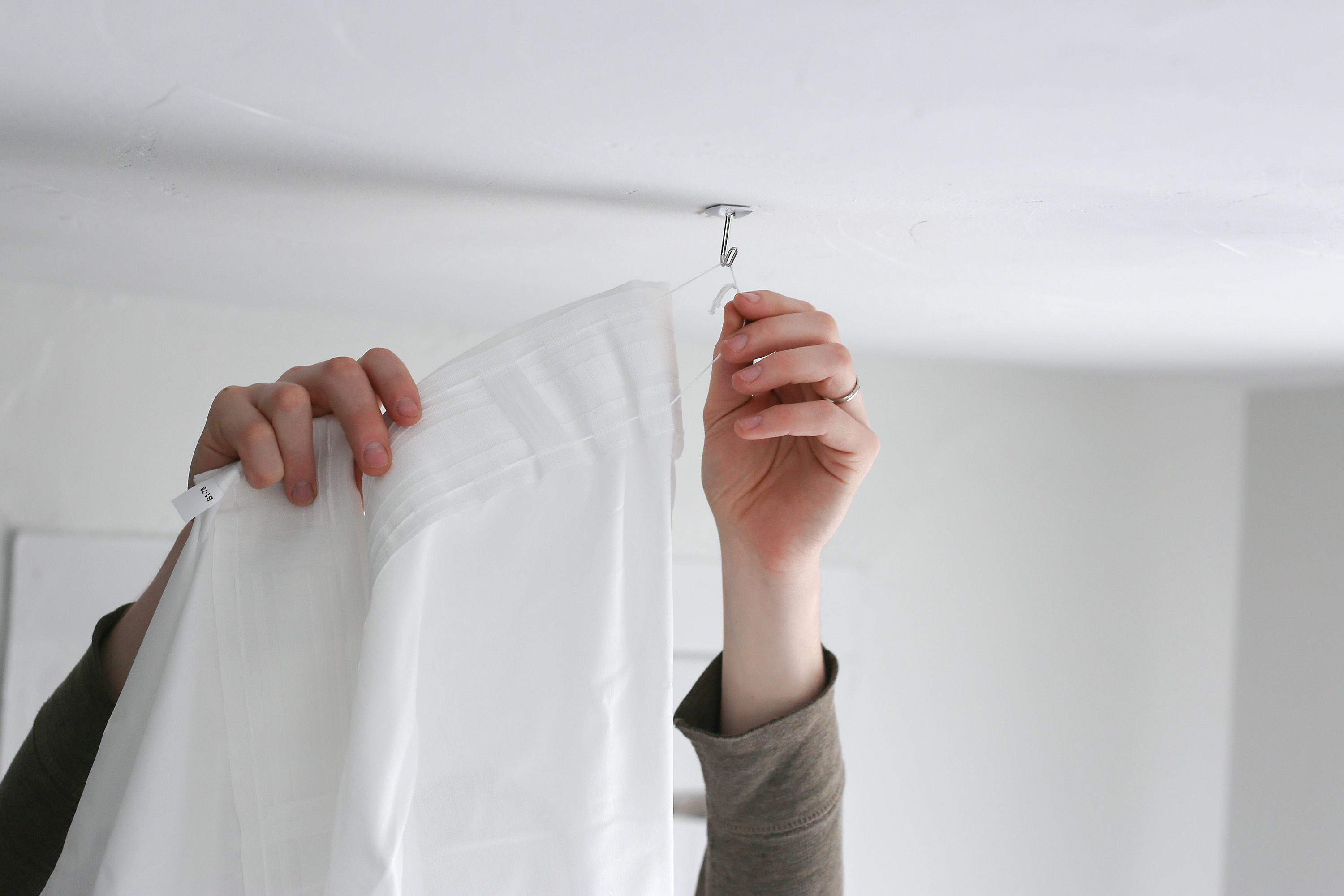

0 thoughts on “How To Hang Up Curtains Without A Rod”